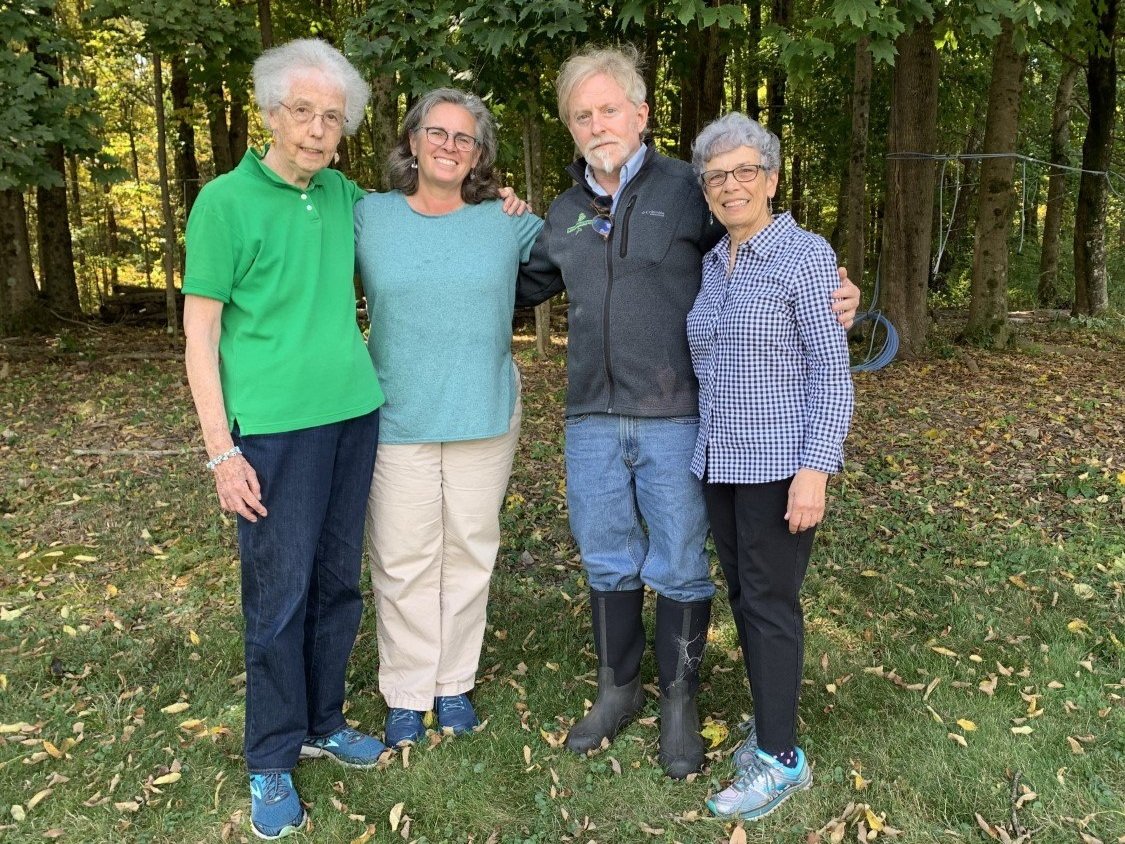Read Time: 3 min
By Amy Markarian, Senior Copywriter
Throughout Massachusetts’ history, faith-based organizations have amassed substantial property assets in the state. In global terms, according to the University of Notre Dame’s Fitzgerald Institute for Real Estate in 2022, the Catholic Church is the largest non-governmental landowner in the world, with “an estimated 177 million acres” in its worldwide portfolio.* While this staggering statistic is not specific to Massachusetts (and does not take into account the land owned by all other religious entities represented here), it is useful in demonstrating the great potential that exists for the protection of privately-owned religious lands in our region.
About 20 years ago, Wildlands Trust, working collaboratively with the Massachusetts Religious Lands Conservancy, realized that aging memberships and changing commitments to local religious organizations would someday lead to a significant turnover of lands that these organizations could no longer afford to maintain. Accordingly, we began building relationships with religious entities in our region, with the hope of someday protecting the parcels of land that they owned. Through the years, we discussed visions and plans for these lands with leaders who recognized a moral and spiritual value in protecting the natural environments that had long been a part of their faith communities. These relationships eventually formed the foundation for the permanent protection of several religious properties in Southeastern Massachusetts, earning Wildlands Trust a leadership role in this conservation niche.
Over the last 15 years, Wildlands Trust’s partnerships with various religious orders have led to the preservation of 6 parcels--in Stoughton, Duxbury, Plainville, Kingston, and Raynham. They range in size from 2 acres to 325 acres, and they are the products of collaborations with several different religious groups, including Catholics, Episcopal Nuns, Thai Buddhists, and others.
One of Wildlands’ principal partners in this work was Sister Chris Laughlin, a Dominican nun who was instrumental in protecting 37 acres of land in Plainville, owned by the Crystal Springs Center for Spirituality and Ecology. Wildlands’ President and Executive Direct Karen Grey said simply, “Chris was a force—soft-spoken and gracious, but a true force. You could not help but to be inspired when out walking land with Chris.” An 84-year-old nun who walked trails every day, she was a pioneer of the Religious Lands Conservancy, a group established in Massachusetts to protect religious lands. Sister Chris Laughlin died in mid-July 2022, a great loss for all who knew her and for the conservation world. But her death did not come before she was able to ensure the protection of the Crystal Springs Center’s Plainville land, Wildlands’ newest religious land acquisition. With sadness for the loss of a valued friend and partner, we are also eternally grateful for her efforts to build a bridge between religious entities and conservation organizations in Southeastern Massachusetts.
From left: Sister Chris Laughlin, Karen Grey, Scott MacFaden, Sister Barbara Harrington




























